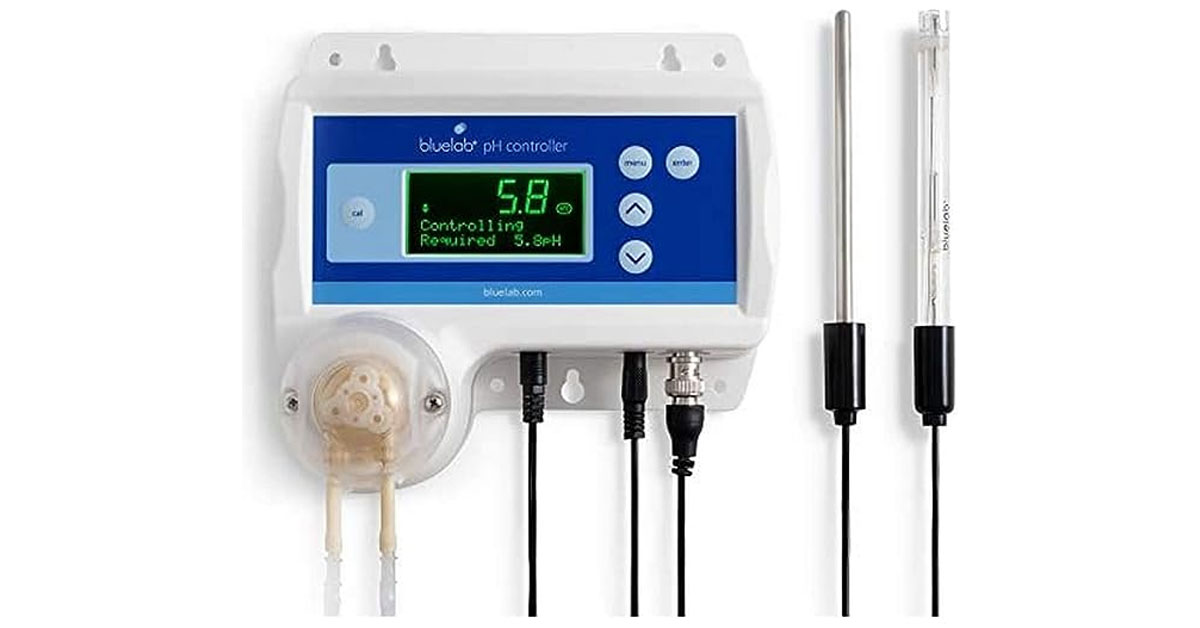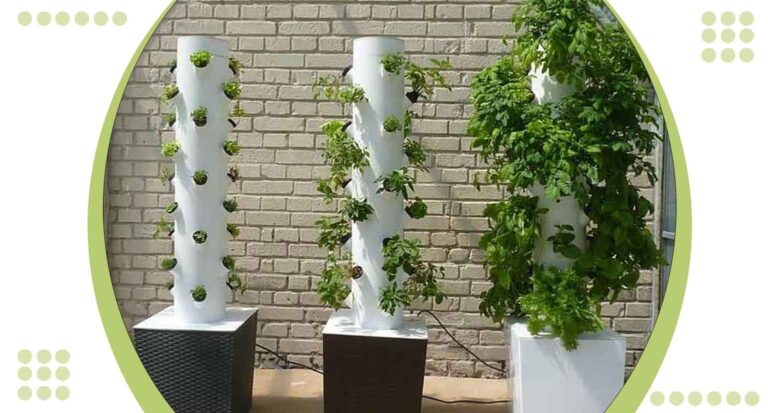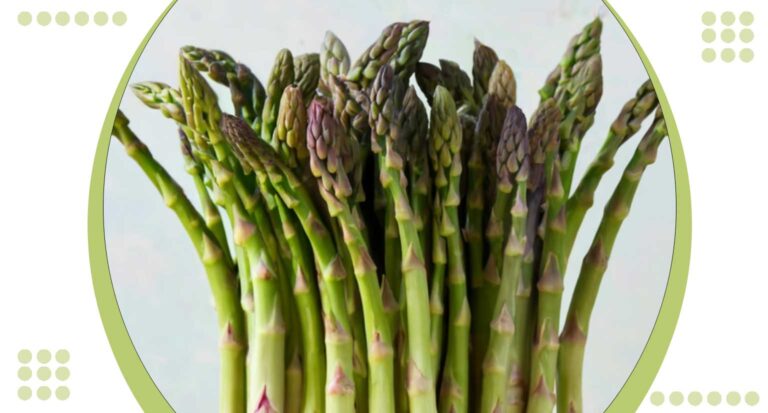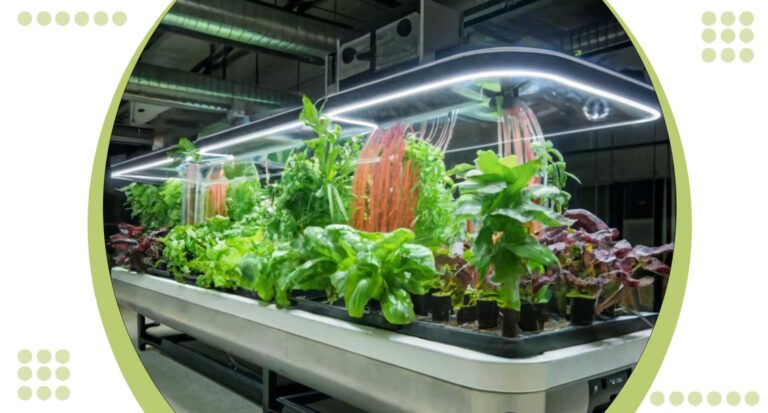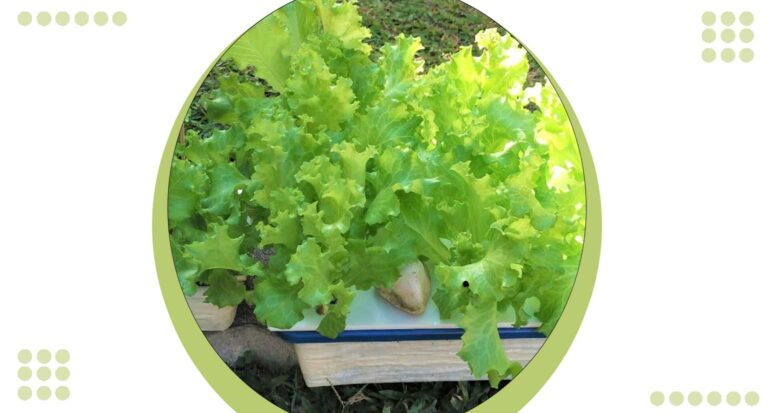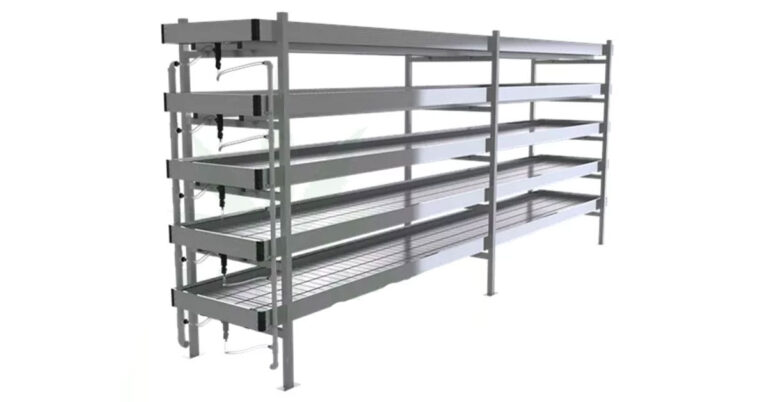Hydroponic ph Controller
Hydroponic gardening offers exciting possibilities for crop production, but maintaining the correct pH levels is critical to success.
This is where a hydroponic pH controller comes into play. The hydroponic pH controller is an innovative and indispensable tool for hydroponic farming enthusiasts, both amateurs and professionals alike.
It helps maintain the right pH balance in the nutrient solution, ensuring the plants absorb essential nutrients efficiently and flourish in the hydroponic system.
What is a PH Controller?
A pH Controller is a device that measures pH levels in a solution and makes necessary adjustments to maintain the desired levels.
It helps provide an optimal environment for plant growth by automating the pH-balancing process & Used extensively in hydroponics.
When the pH level in the nutrient solution deviates from the desired range, the controller can either add an acid to lower the pH or a base to raise it.
This ensures that the plants always have ideal conditions for nutrient absorption, increasing their growth rate and overall yield.
How Does it Work in Hydroponic Gardening?
In hydroponic gardening, the pH Controller works by continually monitoring the pH level of the nutrient solution.
It consists of a sensor probe that measures the acidity or alkalinity of the solution. This probe is placed directly into the nutrient reservoir and continuously sends data back to the controller.
When the pH deviates from the preset ideal range, the controller triggers a pump connected to a pH adjuster solution.
If the pH is too high, the controller will pump in an acid solution to bring the pH down. Conversely, if the pH is too low, it will pump in a basic solution to raise the pH.
By automating this process, the pH Controller eliminates the need for constant manual checking and adjusting, helping to optimize growth conditions and maximize plant health and yield.
Benefits of Using a PH Controller
The benefits of using a pH Controller in hydroponic gardening are multifaceted. Firstly, it ensures optimal plant growth by maintaining the ideal pH level in the nutrient solution, allowing plants to absorb nutrients efficiently.
It also automates the process of pH adjustment, thereby saving time and reducing the risk of human error.
This automatic adjustment ensures consistent growth conditions, leading to healthier plants and higher yields.
The use of a pH Controller also allows for remote monitoring and control, providing growers with a more hands-off approach and the ability to quickly react to any changes.
Lastly, the pH Controller aids in preventing nutrient lockout, a common problem in hydroponic systems where incorrect pH levels cause essential nutrients to be unusable by the plants. By minimizing this risk, the pH Controller creates a more resilient and productive hydroponic system.
How to Set Up and Program a PH Controller for Optimal Results?
For the best results, using a pH controller for hydroponic gardening, there are some necessary steps to follow.
First, ensure that the pH Controller, pH probe, and any necessary solutions (such as calibration fluids, storage solution, cleaning solution) are at hand.
Before installing, the pH probe should be calibrated using the calibration solutions. This typically involves immersing the probe in a solution with a known pH level (usually provided with the controller) and adjusting the readings on the controller to match.
Once calibrated, the pH probe should be installed in the nutrient reservoir, ensuring that it is fully submerged in the nutrient solution at all times for accurate readings. Some controllers come with a holder for the probe, which can be attached to the side of the reservoir.
Connect the pH Controller to the dosing pumps containing the pH adjuster solutions. Make sure the tubing from these pumps leads to the nutrient reservoir so that the adjuster can be added directly.
Program the pH Controller with the desired pH range for your specific plants. This is usually done through a user-friendly interface on the controller itself. When the pH level in the nutrient solution strays outside this range, the controller will trigger the dosing pumps to add the correct adjuster solution.
Regularly check the pH probe and clean it if necessary. Over time, the probe can become coated with nutrient residue, which can affect its ability to read the pH accurately. Using the recommended cleaning solution for your specific probe can help maintain its accuracy.
Tips for Maintaining an Accurate pH Level
Maintaining an accurate pH level with the help of a pH Controller in hydroponic gardening comes down to several key practices:
Regular Calibration
Ensure that you calibrate your pH probe regularly. Over time, the accuracy of the probe can drift and the most effective way to combat this is by calibration. Calibration should be done with two points, using both a pH 7 and a pH 4 buffer solution.
Proper Probe Care
The pH probe is a sensitive instrument and requires proper care for accurate readings. After each use, rinse it with distilled water and store it in a proper storage solution to prevent dryness, which can damage the sensing glass.
Preventive Maintenance
Regularly clean the pH probe to prevent build-up of nutrient residue which could affect its reading. Use the manufacturer’s recommended cleaning solution and follow their cleaning instructions carefully.
Timely Replacements
pH probes have a limited lifespan and will eventually need to be replaced. Monitoring the frequency of calibration can often indicate when the probe is nearing the end of its useful life — if calibration needs to become increasingly frequent, it may be time for a replacement.
Setting the Correct pH Range
Different plants prefer different pH levels, so it’s critical to set the correct pH range in your pH Controller according to the specific plants you are growing. Research your plants’ preferences and adjust the range accordingly to maximize their nutrient uptake and growth.
Regular Testing
Even with an automated system, it’s good practice to manually test the pH level periodically with a hand-held pH meter. This serves as a double-check on the controller’s readings and can help you catch any potential inaccuracies.
Common Problems Can Arise
Utilizing a pH Controller in hydroponic gardening generally optimizes plant health and yield, it is not without its potential issues.
Here are some common problems that can arise and ways to mitigate them:
Incorrect pH Readings
The pH probe is a sensitive device and it can become less accurate over time or with improper care. Regular calibration, cleaning, and eventual replacement of the probe can help ensure accurate readings.
Pump Failure
The pH Controller relies on pumps to add the pH adjuster solutions. If these pumps fail, the controller cannot correct the pH. Regular maintenance ensures pump functionality.
Nutrient Residue Buildup
Over time, nutrient residues can build up on the probe, affecting its readings. Cleaning the probe regularly with the manufacturer’s recommended cleaning solution can prevent this issue.
Inappropriate pH Range Settings
If the pH range is not set correctly for the specific plants being grown, they may not be able to absorb nutrients efficiently, leading to poor growth and lower yields. Always ensure the pH range is set according to the specific plant species in the system.
System Over-correction
In some cases, the pH Controller might over-correct the pH, causing it to swing too far in the other direction. If you notice this, you might need to adjust the sensitivity of your controller.
Probe Dryness
If the probe dries out, it can become damaged and provide inaccurate readings. Always store the probe in a proper storage solution when it’s not in use to prevent dryness.
Cost Analysis of Buying a Pre-Made System vs Building Your Own
Building your own hydroponic pH Controller system can be a cost-effective alternative if you have the knowledge and time to assemble the necessary components.
The individual parts such as the pH probe, controller unit, and dosing pumps can often be found at a fraction of the cost of a pre-made system, especially if you shop during sales or manage to find second-hand components in good condition.
However, this option does involve an investment of time and effort to assemble and calibrate the system accurately.
On the other hand, purchasing a pre-made system offers convenience and peace of mind. While the upfront costs are typically higher, these systems come pre-assembled, calibrated, and often include a warranty.
They are ready to use straight out of the box, saving you the time and potential frustration of assembling your own system.
Ultimately, the decision boils down to individual preferences, skills, and budget. If you enjoy DIY projects and have the time to spend, building your own system can be a rewarding and cost-saving exercise.
However, if convenience and time efficiency are your priorities, a pre-assembled system may be a better choice.
Conclusion
To summarize, the hydroponic ph controller provides an efficient solution for hydroponics users who are tired of manually monitoring and adjusting their gardening environment.
From its automatic pH control to easy installation, these controllers make sure that your hydroponic setup runs smoothly and safely.
Furthermore, they also help keep your plants healthy by making sure that the optimal levels of nutrients and minerals in the water are met.
Investing in a high-quality hydroponic ph controller is a great way to ensure that you get great results out of your garden while saving yourself time and energy.
So don’t wait, get a quality hydroponic ph controller today and start reaping the rewards! As always, if you need any further information or assistance with this product, our friendly customer service team is here to help – just give us a call or shoot us an email!

